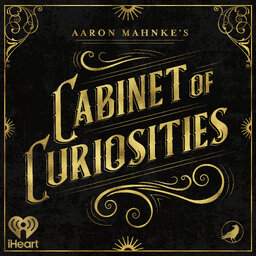Wonderful Waters
Many wonders of the natural world seem too good to be true. Turns out, that's a complicated—and curious—idea.
Pre-order the official Cabinet of Curiosities book by clicking here today, and get ready to enjoy some curious reading this November!
 Aaron Mahnke's Cabinet of Curiosities
Aaron Mahnke's Cabinet of Curiosities


